To Savannah And The Sea
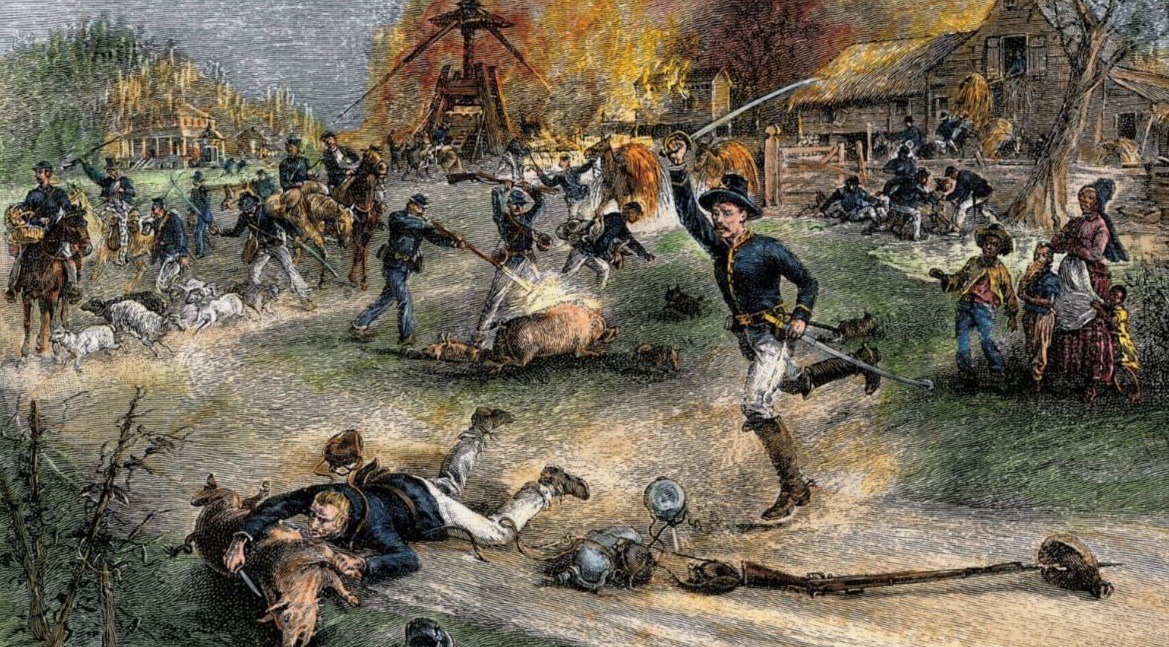
From his headquarters in Atlanta, Georgia, Union major general William T. Sherman prepared for his next move. It was a bold plan. He would cut his supply line, which extended back to Tennessee. The line provided his army with food and material, but it was long and difficult to defend against enemy raiders. He also would cut the telegraph wires that kept him connected to his superiors. That would stop all communications between him and his commander, Lieutenant General Ulysses S. Grant. At first, Grant expressed reservations about the plan, but his faith in Sherman won out. Grant told him, “Go as you propose.”
Before Sherman abandoned Atlanta, he ordered all its military installations burned. He knew that once the Union army left, Georgians would reclaim their city. He didn’t want the Confederacy to be able to use Atlanta as a military and transportation hub again. The fire grew out of control, and about half of the city was destroyed.
On November 15, Sherman set out with 62,000 soldiers on his March to the Sea. His goal was to destroy the infrastructure that supplied the Confederate army with food and materiel. He also wanted to show the people of Georgia that the Confederate government was not able to protect them. The sight of Union soldiers marching unchallenged through the heart of the South, Sherman believed, would crush the people living there. It would bring the war to a speedy conclusion. A quick end would mean fewer lives lost on both sides.
この記事は Cobblestone American History Magazine for Kids の January 2018 版に掲載されています。
7 日間の Magzter GOLD 無料トライアルを開始して、何千もの厳選されたプレミアム ストーリー、9,000 以上の雑誌や新聞にアクセスしてください。
すでに購読者です ? サインイン
この記事は Cobblestone American History Magazine for Kids の January 2018 版に掲載されています。
7 日間の Magzter GOLD 無料トライアルを開始して、何千もの厳選されたプレミアム ストーリー、9,000 以上の雑誌や新聞にアクセスしてください。
すでに購読者です? サインイン
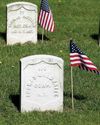
Putting the Pieces Together
Americans needed to begin to put the past behind them, come together, and plan for the future in the spring of 1865. But Abraham Lincoln, the man best equipped to lead them and who had hoped to restore the country as smoothly and peacefully as possible, had been assassinated.
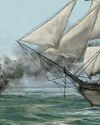
LAST SHOTS
The last Confederate forces in the Civil War didn’t surrender in the spring of 1865 or on a battlefield.
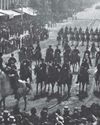
AND IN OTHER 1865 NEWS
A group of African Americans stop at the White House’s annual public reception on January 1, where they shake hands with President Abraham Lincoln.
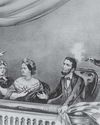
A Plot to Kill President the
For several months, actor John Wilkes Booth’s band of conspirators had plotted to capture President Abraham Lincoln and hold him hostage in exchange for Confederate prisoners.
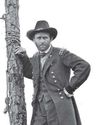
Let the Thing Be Pressed
In June 1864, Union Lieutenant General Ulysses S. Grant began a nearly 10-month campaign in Virginia.
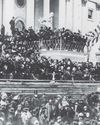
HEALING THE NATION
President Abraham Lincoln took the oath of office for the second time on March 4, 1865.

A Helping Hand
The spring season is hard in any agricultural society. Plants and animals are too small to eat.
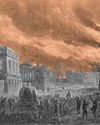
WAR SHERMAN-STYLE
As far as Union Major General William T. Sherman was concerned, the Civil War had gone on long enough.
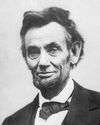
PEACE TALKS
The fall of Fort Fisher made clear that the Confederacy’s days were numbered. Southerners were tired and hungry.
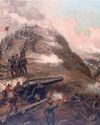
FORT FISHER'S FALL
Outnumbered Confederate soldiers inside Fort Fisher were unable to withstand the approach of Union troops by land and the constant Union naval bombardment from the sea.